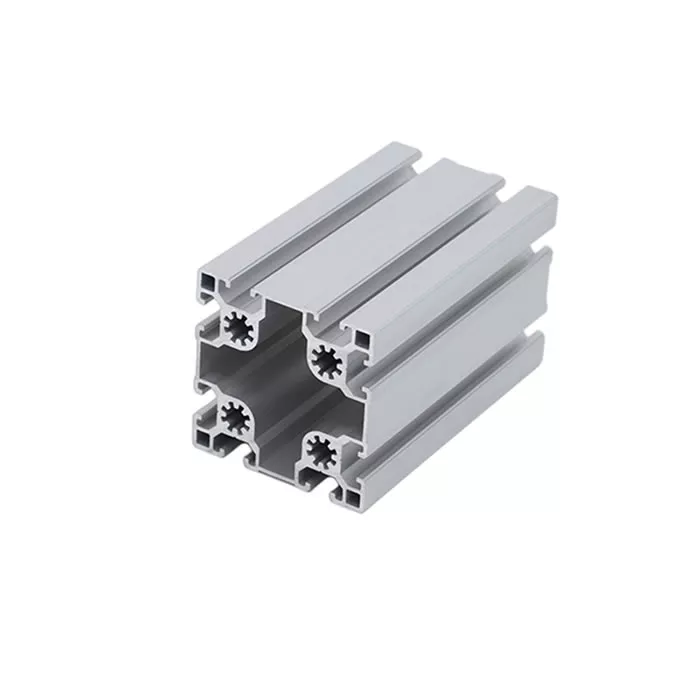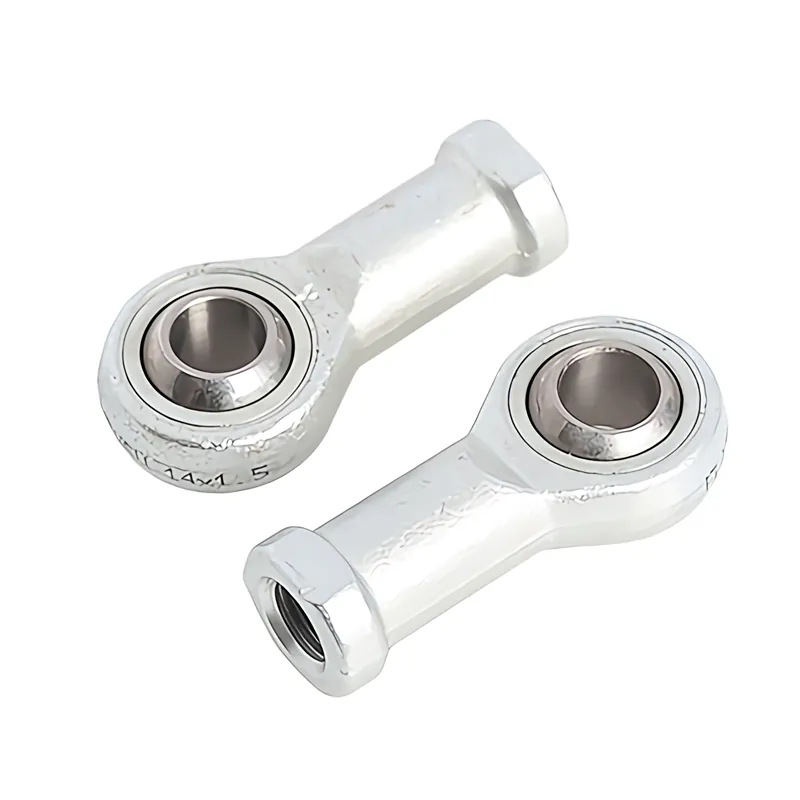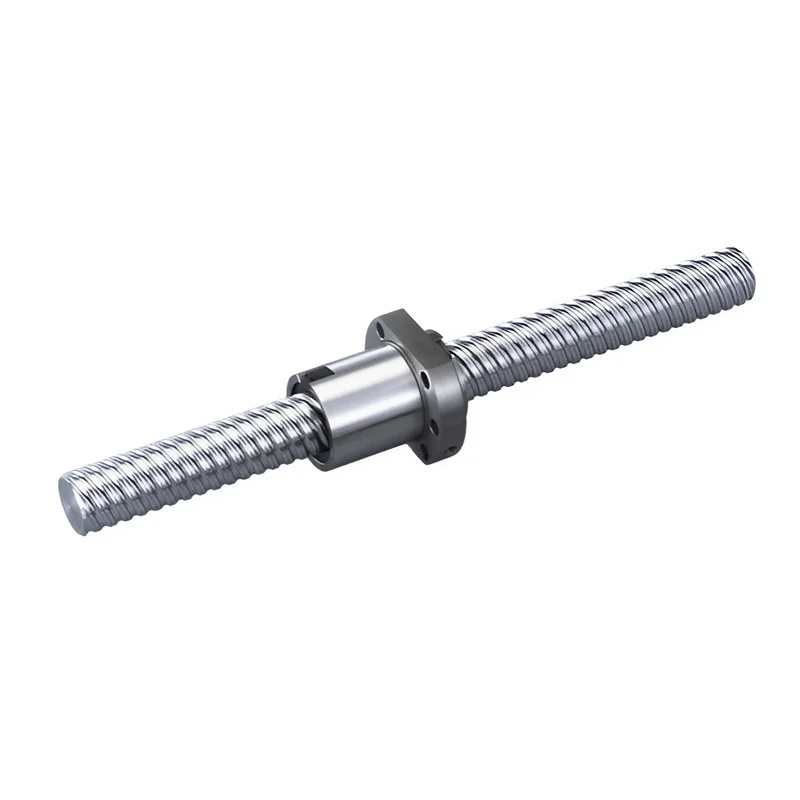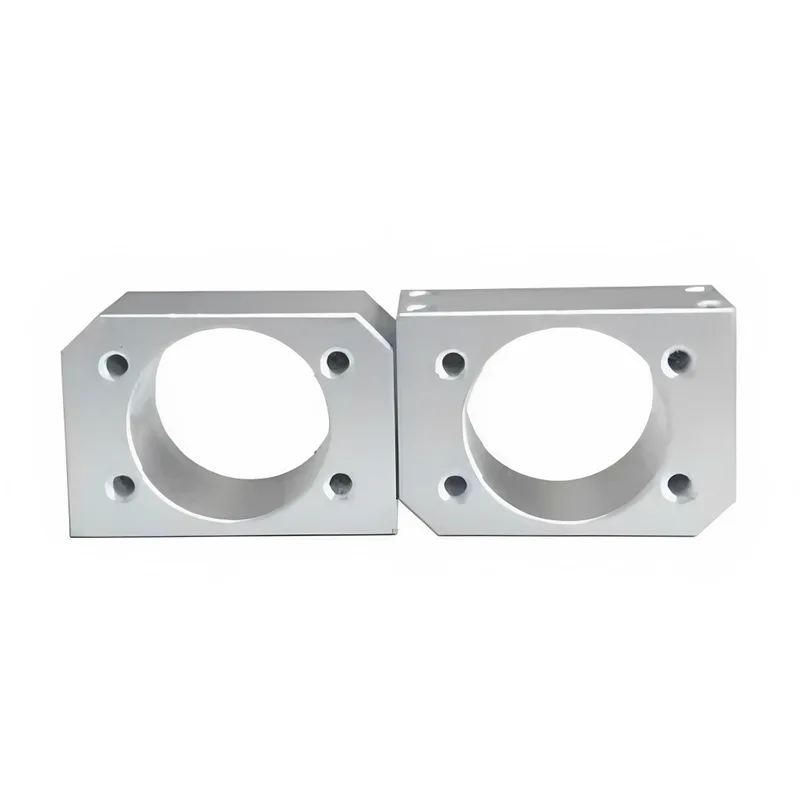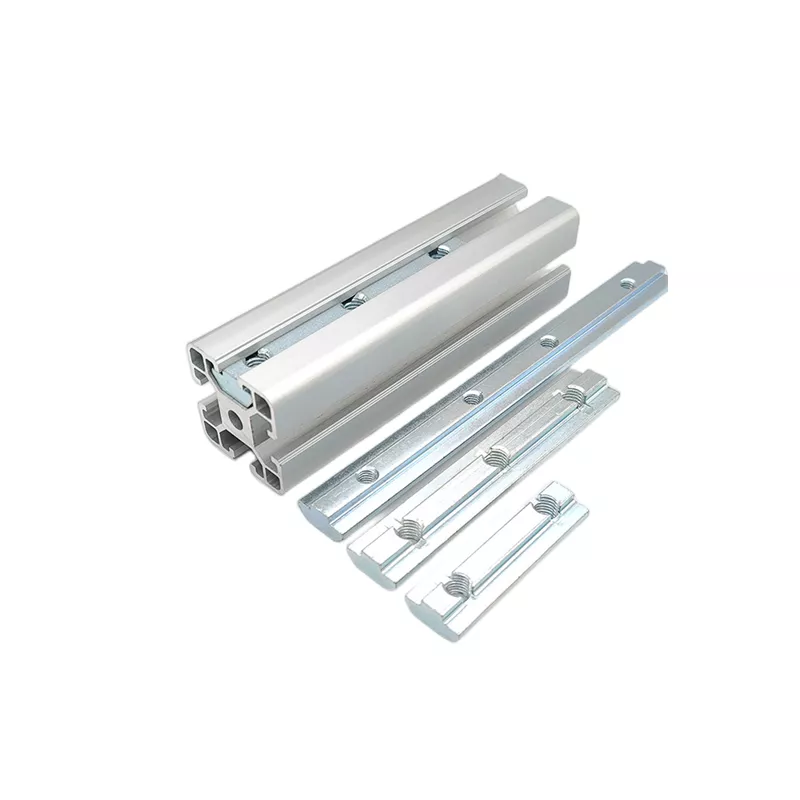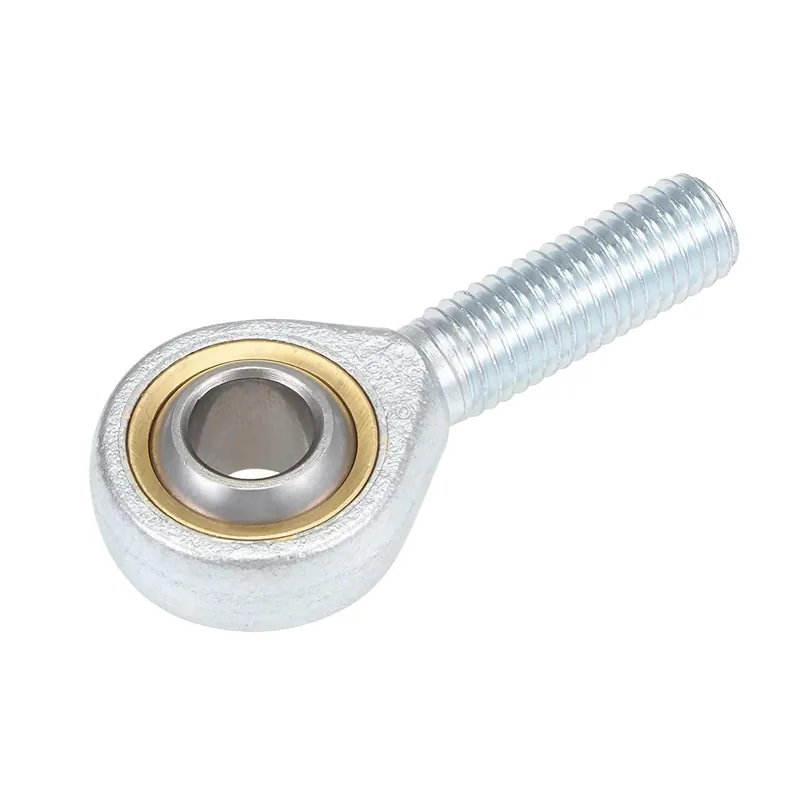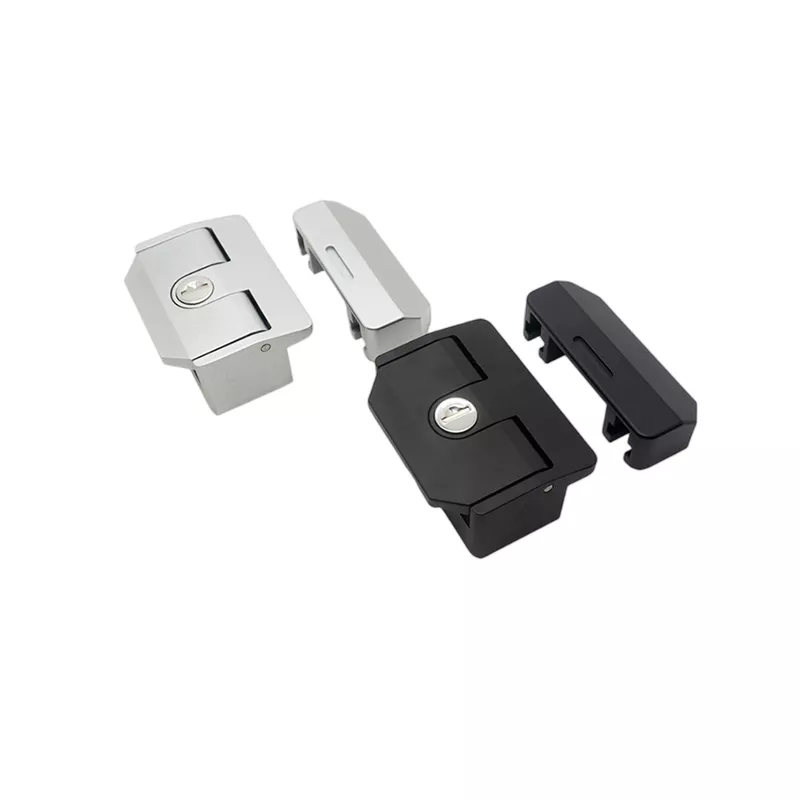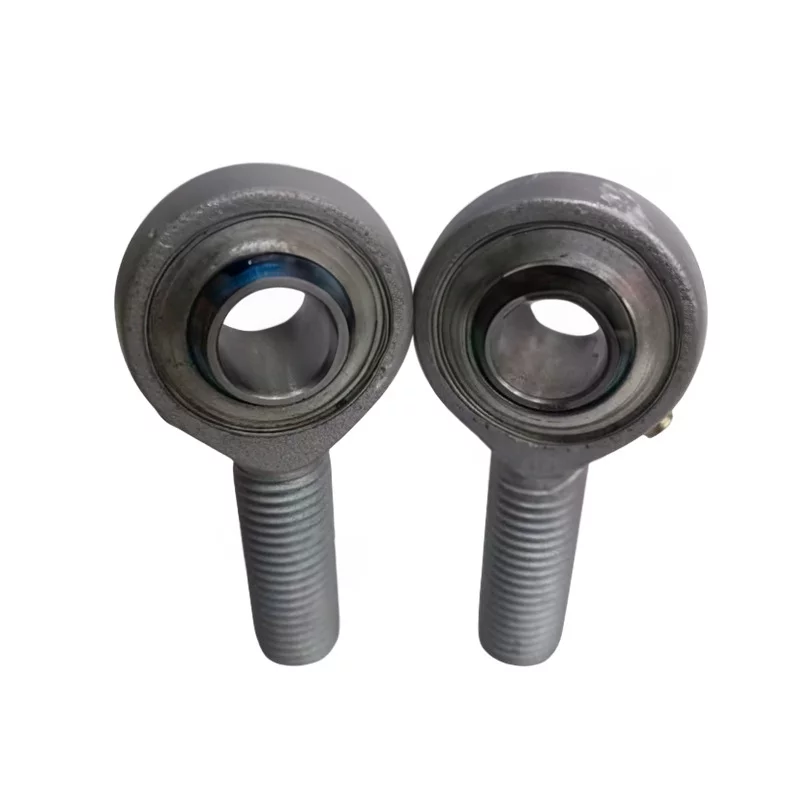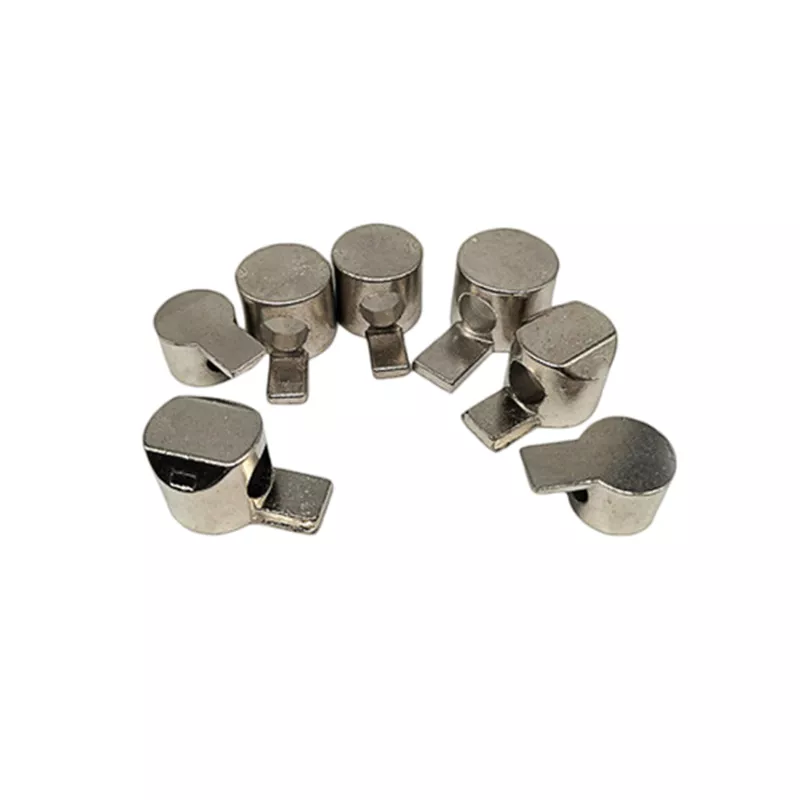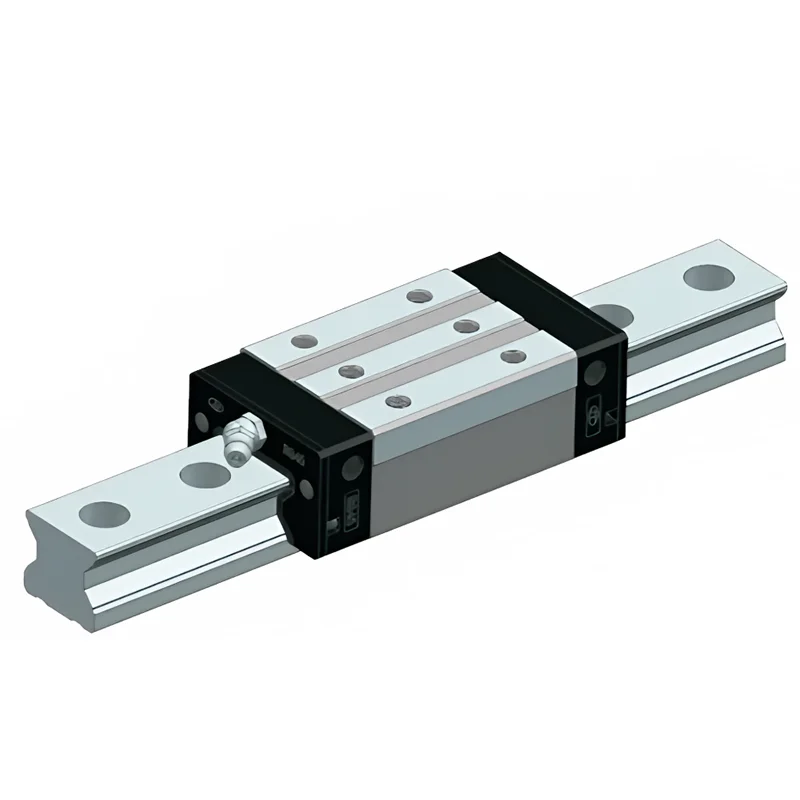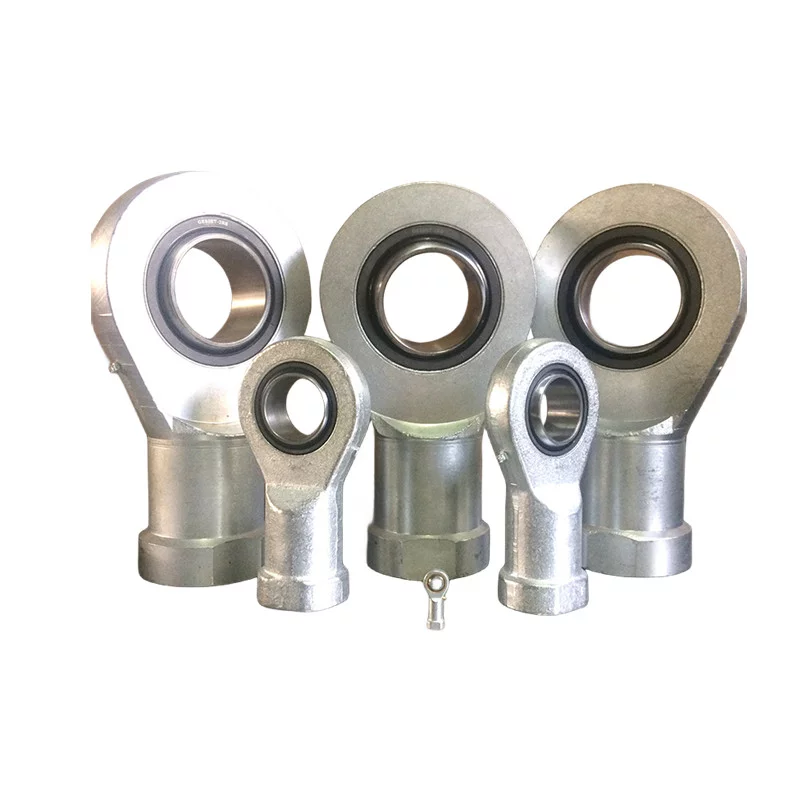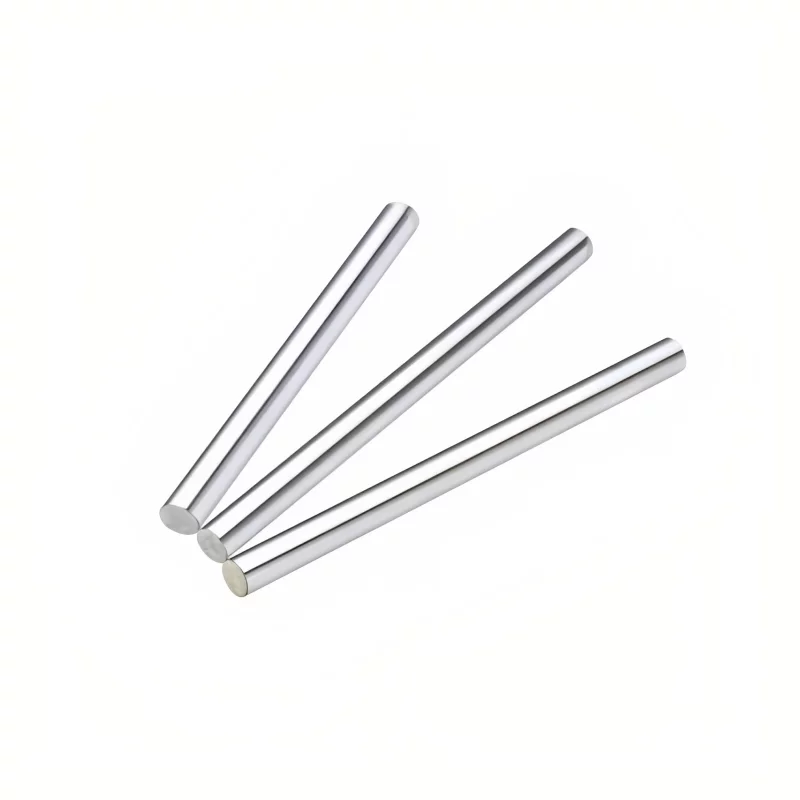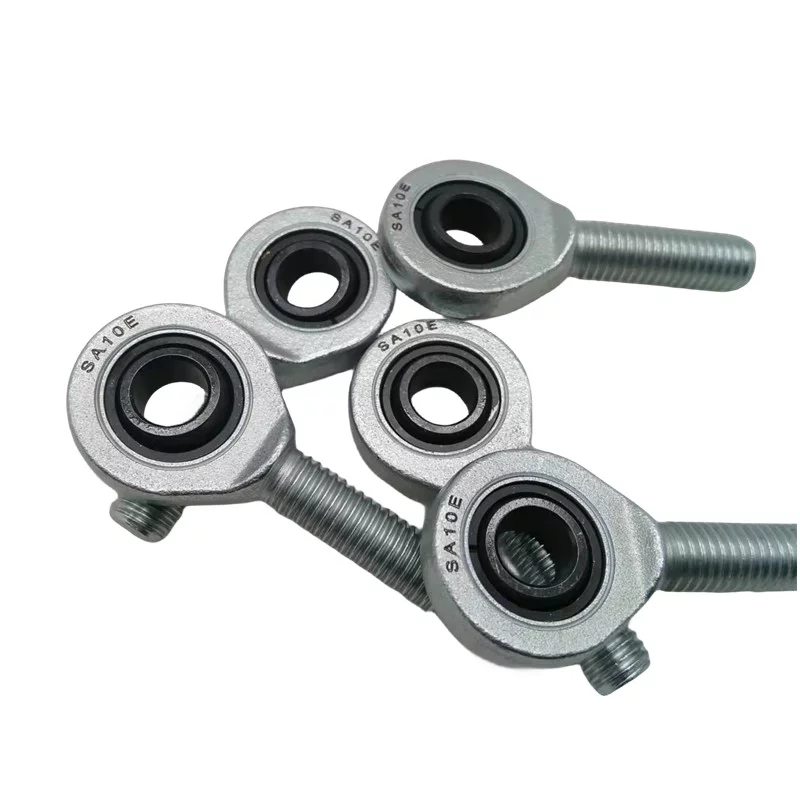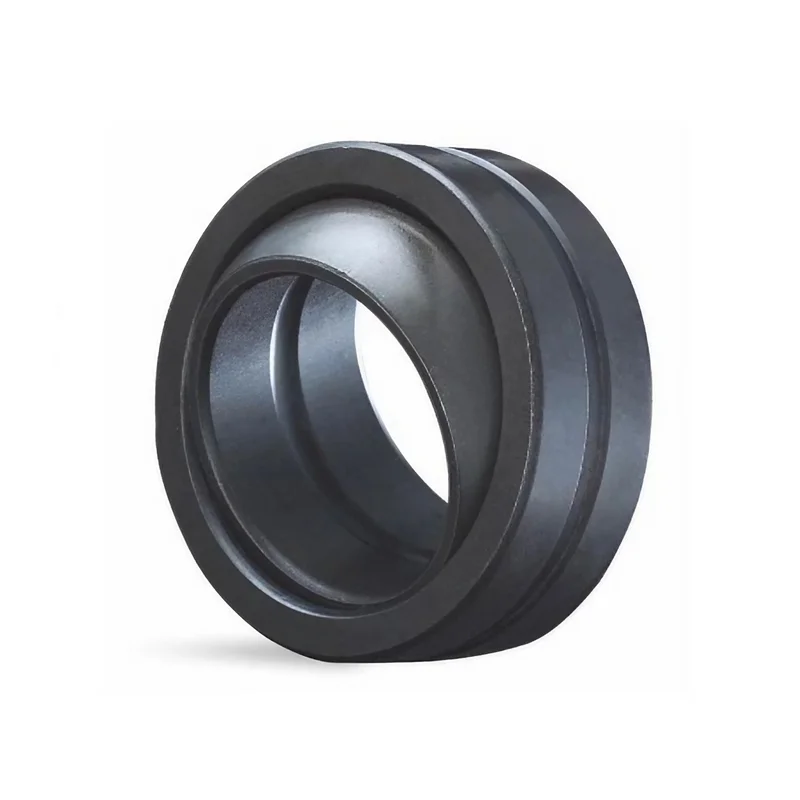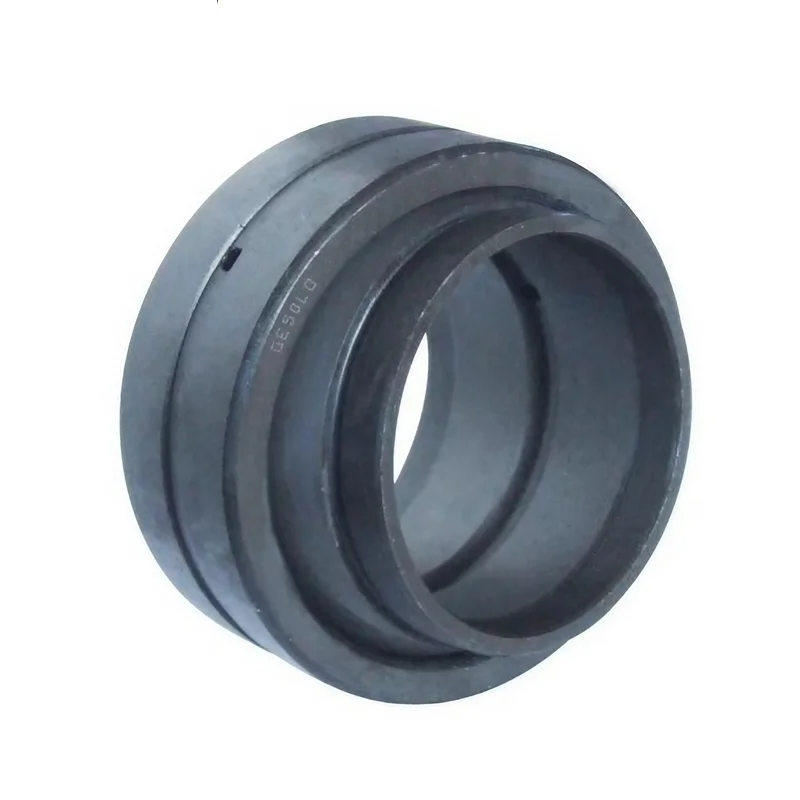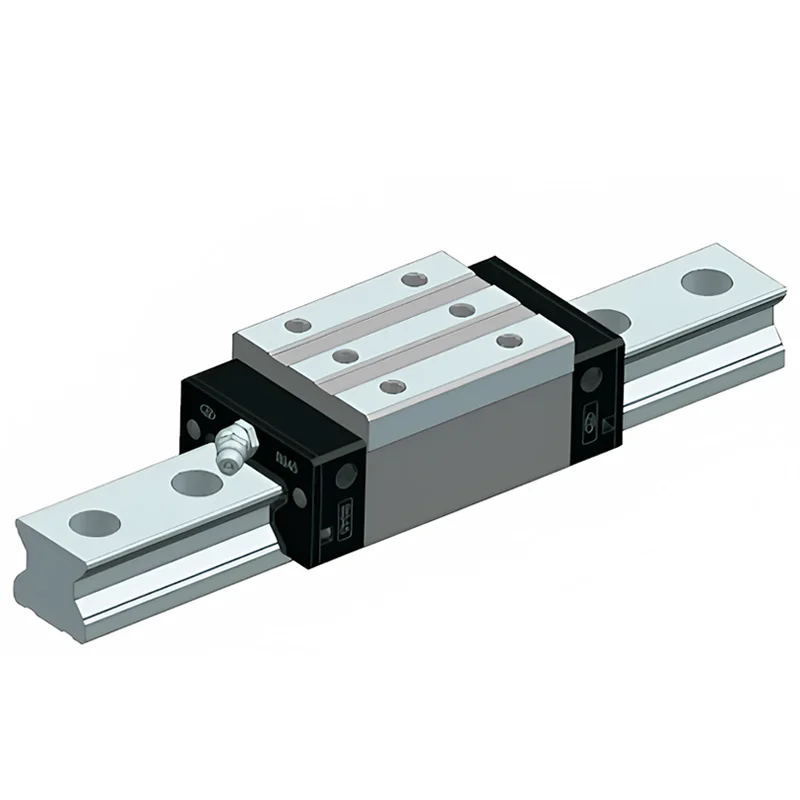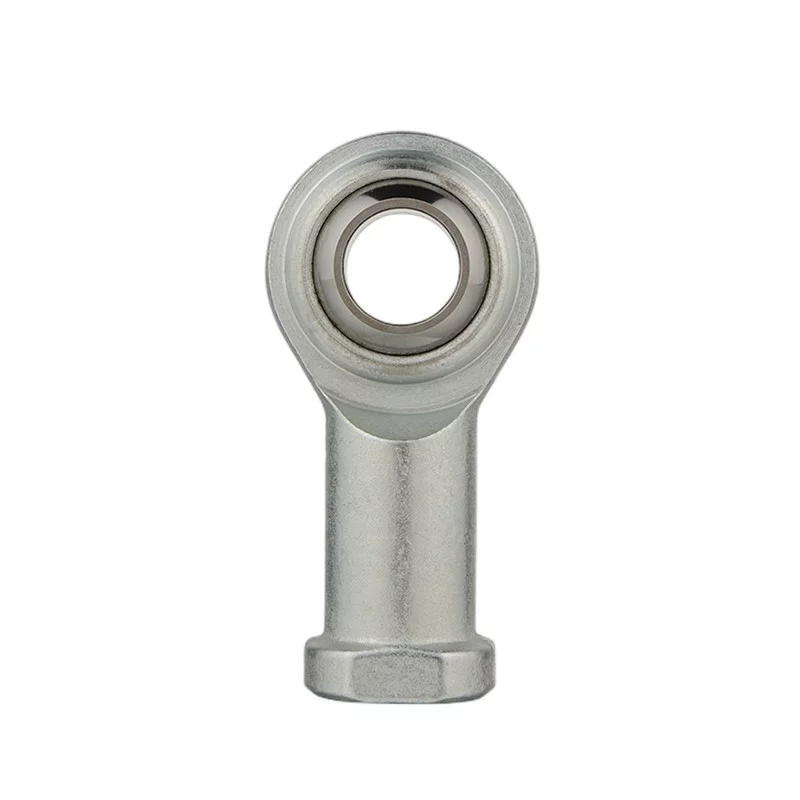Protecting the Surface of Aluminium Extruded Profiles
The speed of film formation during the anodizing process of aluminium extruded profiles
can vary depending on the specific alloy composition, surface finish, and other factors.
Aluminium extruded profiles have a unique geometry
with a larger surface area-to-volume ratio compared to other types of aluminium profiles.
This larger surface area can result in a faster film formation rate during the anodizing process,
requiring closer monitoring of the anodizing parameters such as the voltage,
current density, and acid concentration to ensure proper film thickness and quality.
Additionally, different aluminium alloys have varying rates of film formation during anodizing
due to differences in their chemical composition and microstructure.
For example, alloys containing higher levels of copper, silicon,
or magnesium can have slower film formation rates during anodizing compared
to alloys with lower levels of these alloying elements.
Therefore, it is necessary to take into account the specific alloy composition
and geometry of the aluminium profiles when determining the optimal anodizing parameters
and process time to achieve the desired film thickness and quality.
Before oxidation, it is important to protect the surface of aluminium extruded profiles
to ensure that they do not get damaged or corroded.
Here are some steps that can be taken to protect the surface:
1. Cleaning the surface
The surface of the aluminium extruded profiles should be cleaned thoroughly
to remove any dirt, dust, grease, or other contaminants.
This can be done using mild detergents or specialized cleaning agents.
2. Removing sharp edges or burrs
Any sharp edges or burrs on the profile should be removed
to prevent any damage to the surface during handling or transportation.
3. Applying protective film
A protective film can be applied to the surface of the aluminium extruded profiles
to protect it from scratches, abrasions, and other damages.
The film should be applied carefully and evenly.
4. Using protective coatings
Protective coatings such as lacquers, paints,
or anodizing can be applied to the surface of the aluminium extruded profiles
to protect it from corrosion and other environmental damages.
Anodizing provides a hard and durable protective coating that can withstand harsh environments.
5. Storing the profiles properly
The aluminium extruded profiles should be stored in a dry and clean environment
with proper ventilation to prevent any damage due to moisture or humidity.
By following these steps,
you can protect the surface of aluminium extruded profiles before oxidation,
ensuring that they remain in good condition and maintain their quality over time.
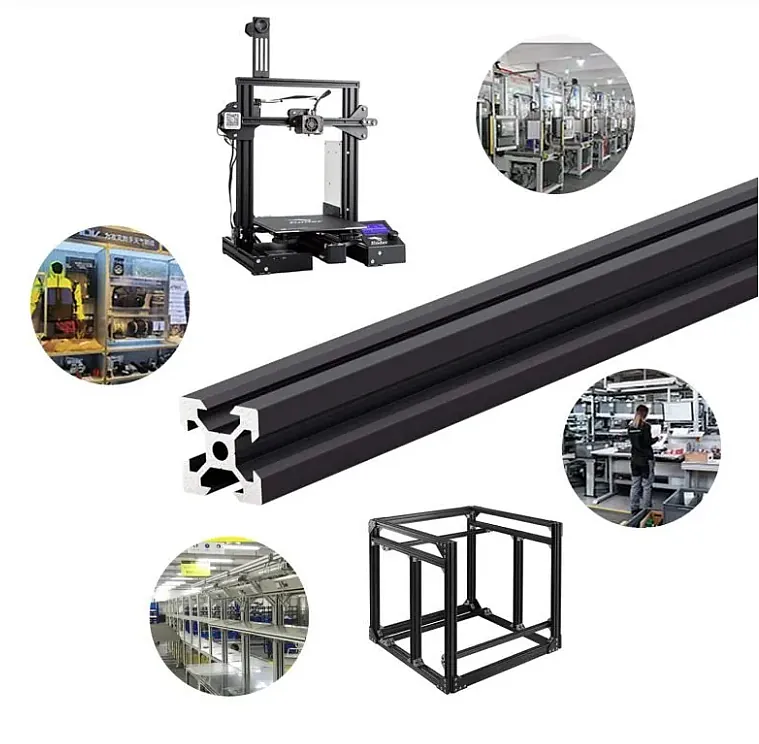
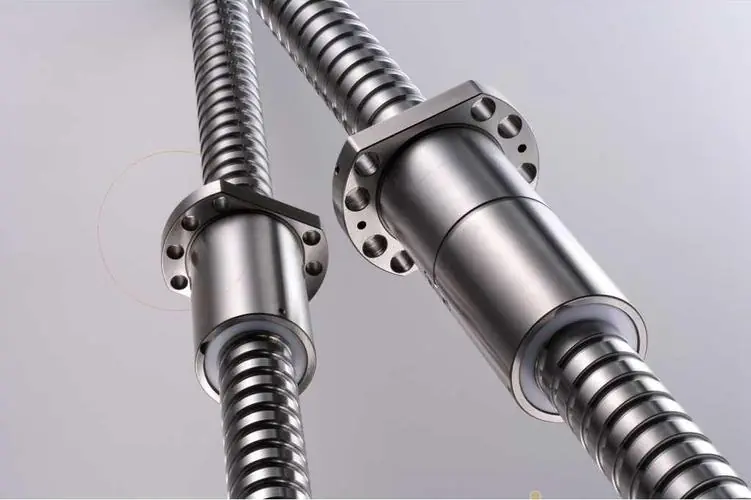 Why Precision Ball Screws are Vital for Industrial Automation and How to Choose the Right Supplier
Why Precision Ball Screws are Vital for Industrial Automation and How to Choose the Right Supplier
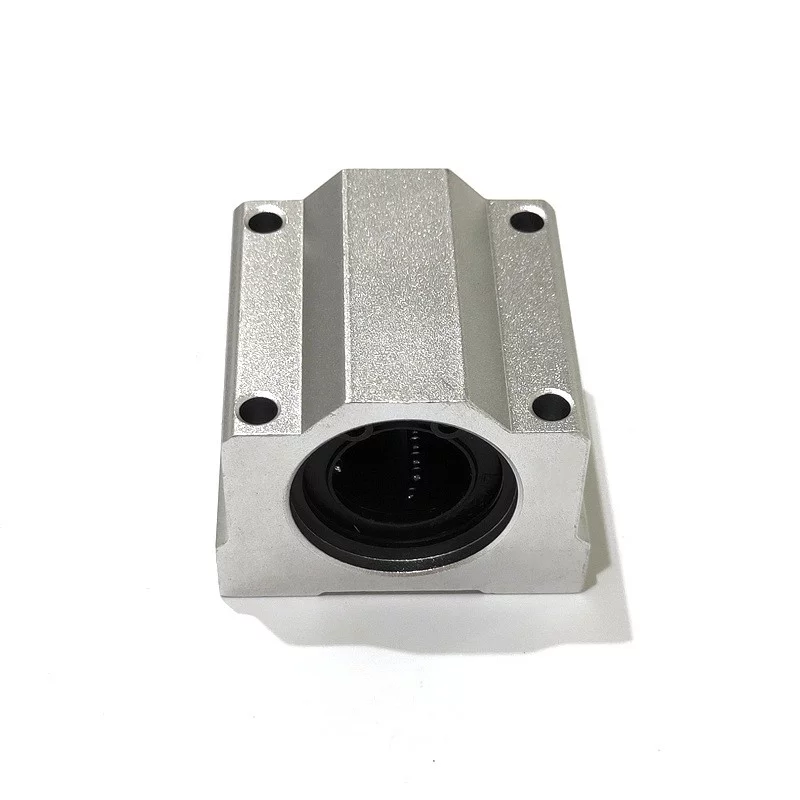 SAIVS Linear Motion Ball Slide Units – Precision and Reliability for Your CNC Needs
SAIVS Linear Motion Ball Slide Units – Precision and Reliability for Your CNC Needs
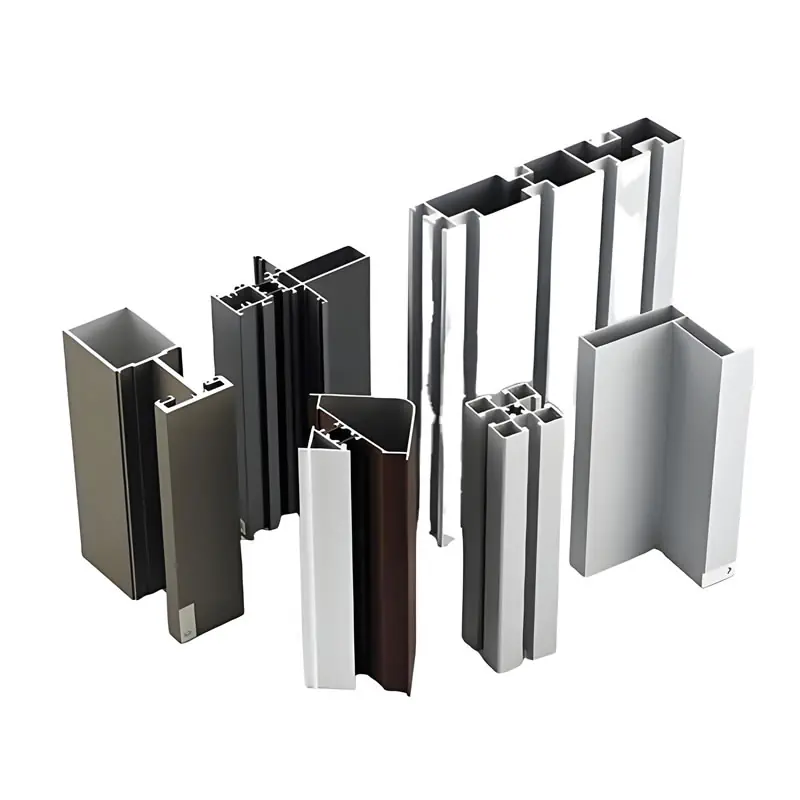 High - Quality T - Slot Aluminum Extrusion Profiles from Ningbo SAIVS Machinery Co., Ltd
High - Quality T - Slot Aluminum Extrusion Profiles from Ningbo SAIVS Machinery Co., Ltd
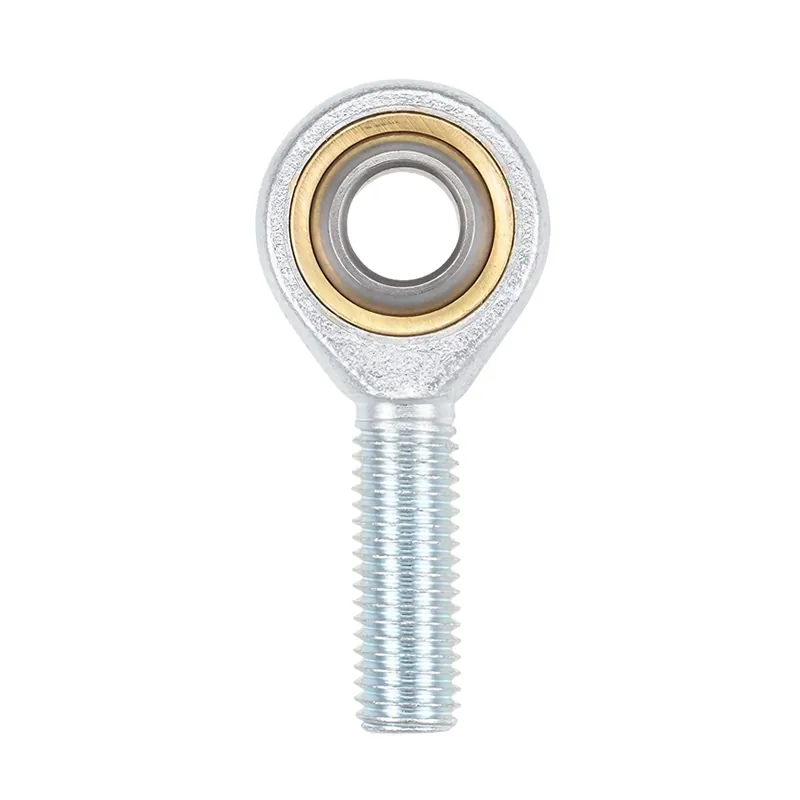 Enhance Industrial Efficiency with Premium Cylinder End Bearings from SAIVS
Enhance Industrial Efficiency with Premium Cylinder End Bearings from SAIVS

